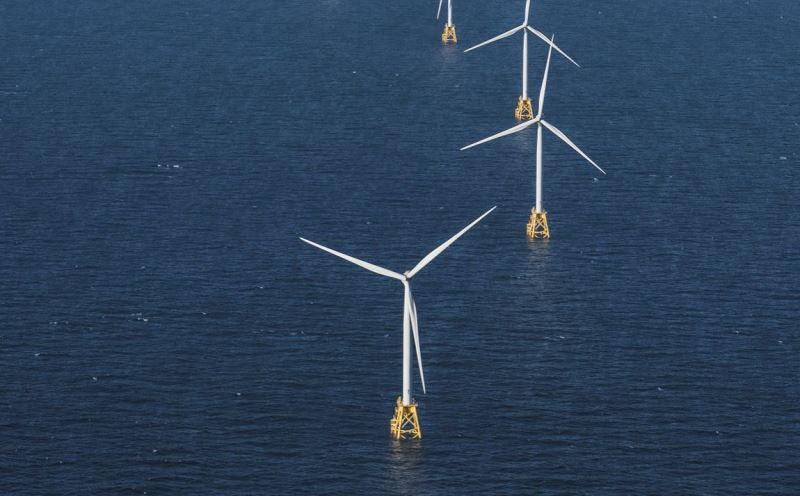Offshore wind capacity will increase from 25 GW today to 164 GW by the year 2030, according to a report by Rethink Energy.

The report, Offshore wind to drive eight million job, is key to decarbonisation, predicts that growth in the industry will create eight million jobs globally and attract $1.3bn in investment. This will support the construction of 30 GW in annual offshore wind installations building towards 400 GW by the year 2040, providing almost 5% of electricity globally.
Rethink Energy research analyst Harry Morgan told Power Technology: “Offshore wind can and will be a key contributor towards the energy transition. Ambitions are high in many countries, which places a large impetus on investing in infrastructure to incorporate renewables, from the maritime supply chain to transnational grids.”
Rethink Energy conducted a territory-by-territory assessment for the report and found that the Asia-Pacific region, including China, will overtake current market leader Europe. It says the US is “lagging way behind due to its conflicting politics, as well as its lack of maritime and transmission readiness.”
Morgan said that as the industry “has yet to develop in many of the nations that we see as being key players, the early push for offshore wind will see some resistance.”
He added that it is important for investors to see that the resistance will be due to “the immaturity of the infrastructure at this stage” and not the industry itself and that once all the parts fall into place, the offshore wind boom will keep accelerating up to 2040 and beyond.
“Agile players from both the onshore wind community as well as oil and gas companies will be able to capitalise on this boom by addressing the early disparities in supply chain sufficiency and LCOE reduction in floating technology,” Morgan said.
“In this sense, offshore wind will be a key indicator of how seriously oil and gas majors are taking the climate crisis and how aware they are of the vast economic opportunities within the renewables sector.”